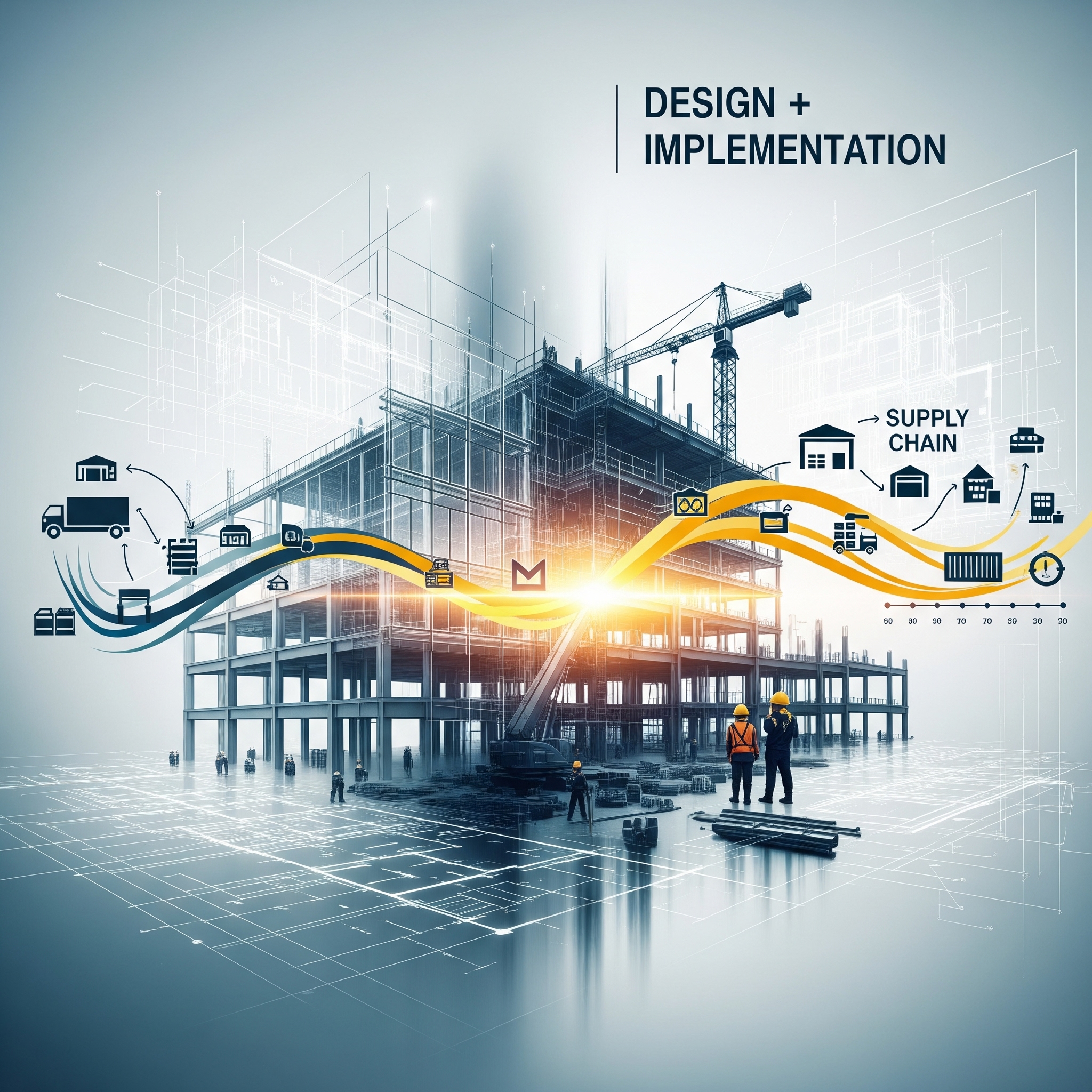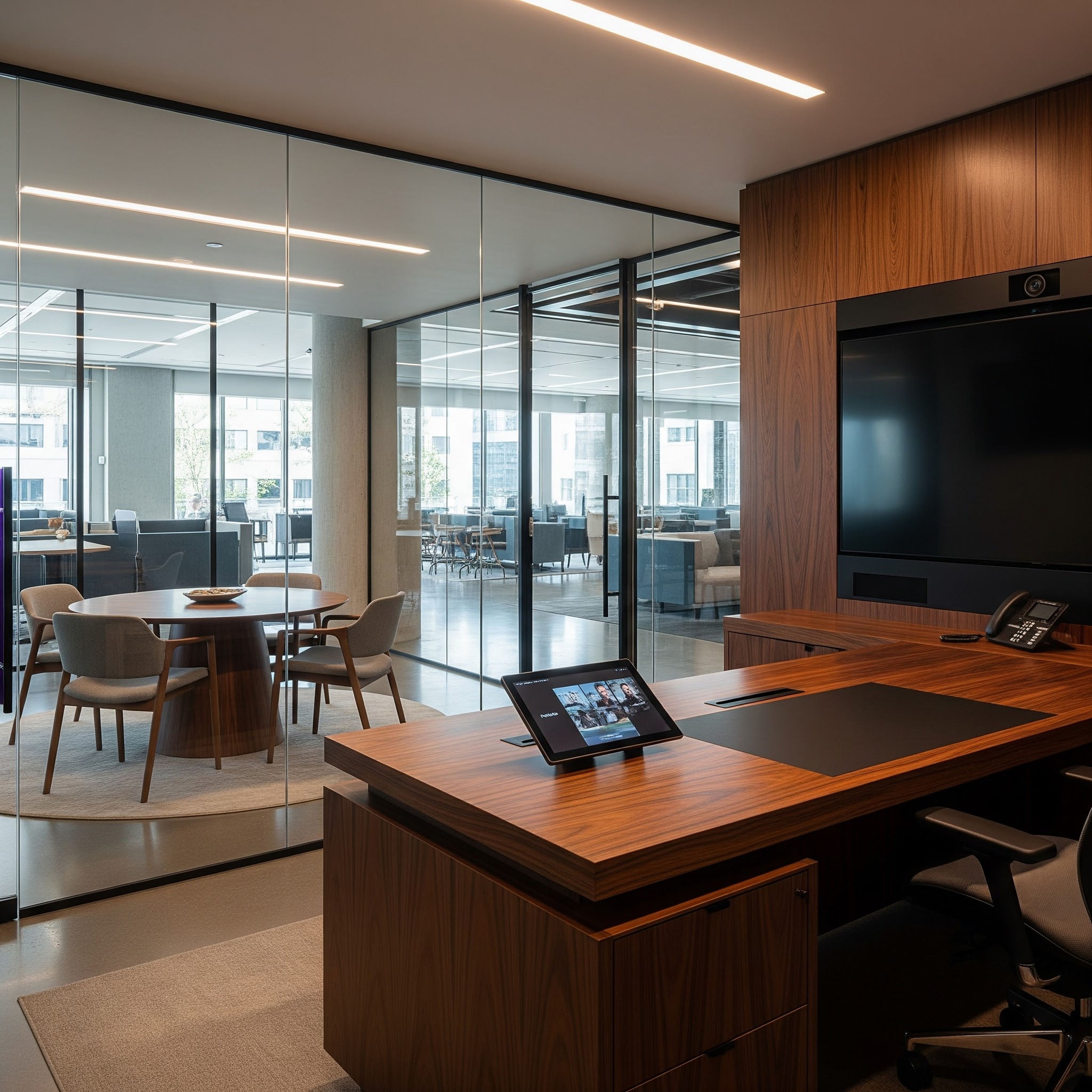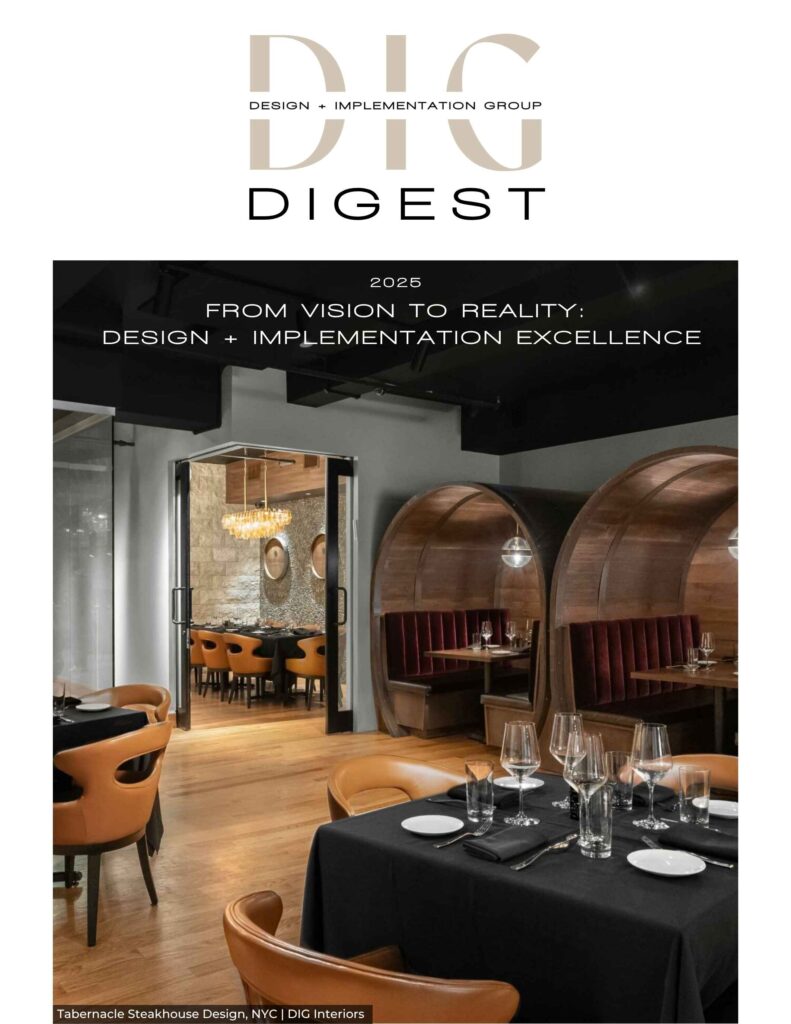Introduction
The concept of designing for health is an innovative approach that emphasizes the importance of the physical environment in promoting healing and wellness. Interior design, often underappreciated, plays a crucial and transformative role in shaping the patient experience in medical centers. As we progress into the future, it becomes increasingly clear that the interior environment is not just a backdrop to healthcare but a vital participant. This comprehensive article aims to explore the profound impact of interior design on medical centers, particularly focusing on developments and trends in the year 2024.
The Importance of Interior Design in Medical Centers
The significance of interior design in healthcare settings extends far beyond aesthetics. It plays a pivotal role in patient recovery and wellbeing. A thoughtfully designed environment can reduce stress levels, increase patient satisfaction, and ultimately, improve health outcomes. Elements such as lighting, color, texture, and layout all work together to create a conducive environment for recovery. This section will delve into a robust discussion about the importance of these elements in interior design in medical centers and elaborate on their direct and indirect impact on patient care.
The Impact of Technology on Interior Design in Medical Centers
The advent of technology has left no sector untouched, and interior design is no exception. Particularly in the context of medical centers, technology has significantly influenced and reshaped the interior design. From digital wayfinding to telehealth facilities, technology has the potential to improve patient experience, streamline operations, and increase accessibility. This section will provide an in-depth analysis of how technology has shaped the interior design of medical centers in 2024, exploring the benefits and challenges that come with integrating technology into healthcare design.
Case Studies: The Impact of Interior Design on Medical Centers
To better illustrate the impact of interior design on medical centers, this section will present detailed case studies from 2024. These case studies, drawn from a range of medical centers across the globe, will highlight how innovative design solutions have contributed to improved patient outcomes and experiences. They will offer practical insights into the effective application of design principles and technology in real-world healthcare settings.
Future Trends in Interior Design for Medical Centers
Looking towards the future, it’s clear that interior design will continue to play a crucial role in medical centers. But what will this role look like? This section will explore anticipated trends in interior design for medical centers, considering factors such as sustainability, patient-centered design, and technology integration. As the healthcare sector continues to evolve, so too will the design strategies used to support and enhance it.
Conclusion
Interior design has the power to transform the healthcare experience. By designing for health, we can create environments that not only promote healing and wellness but also empower patients and enhance their quality of care. As we move forward into the future, we must continue to prioritize and innovate in the field of interior design in medical centers to ensure the best possible patient care.





